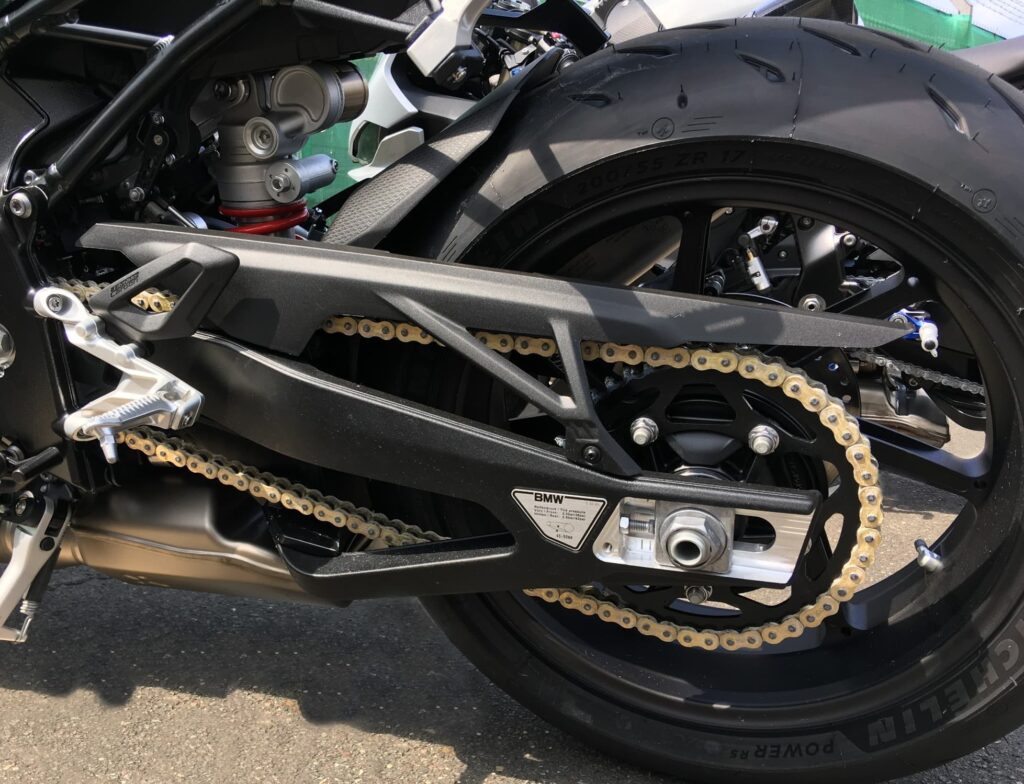- Arabic
- French
- Russian
- Spanish
- Portuguese
- Turkish
- Armenian
- English
- Albanian
- Amharic
- Azerbaijani
- Basque
- Belarusian
- Bengali
- Bosnian
- Bulgarian
- Catalan
- Cebuano
- Corsican
- Croatian
- Czech
- Danish
- Dutch
- Afrikaans
- Esperanto
- Estonian
- Finnish
- Frisian
- Galician
- Georgian
- German
- Greek
- Gujarati
- Haitian Creole
- hausa
- hawaiian
- Hebrew
- Hindi
- Miao
- Hungarian
- Icelandic
- igbo
- Indonesian
- irish
- Italian
- Japanese
- Javanese
- Kannada
- kazakh
- Khmer
- Rwandese
- Korean
- Kurdish
- Kyrgyz
- Lao
- Latin
- Latvian
- Lithuanian
- Luxembourgish
- Macedonian
- Malgashi
- Malay
- Malayalam
- Maltese
- Maori
- Marathi
- Mongolian
- Myanmar
- Nepali
- Norwegian
- Norwegian
- Occitan
- Pashto
- Persian
- Polish
- Punjabi
- Romanian
- Samoan
- Scottish Gaelic
- Serbian
- Sesotho
- Shona
- Sindhi
- Sinhala
- Slovak
- Slovenian
- Somali
- Sundanese
- Swahili
- Swedish
- Tagalog
- Tajik
- Tamil
- Tatar
- Telugu
- Thai
- Turkmen
- Ukrainian
- Urdu
- Uighur
- Uzbek
- Vietnamese
- Welsh
- Bantu
- Yiddish
- Yoruba
- Zulu
Dez . 01, 2024 14:16 Back to list
cogged belt
Understanding Cogged Belts An Essential Component in Power Transmission
In the realm of mechanical engineering and power transmission systems, the cogged belt, also known as a toothed belt, plays a crucial role. These belts are integral to the operation of various machinery, from automobiles and industrial equipment to household appliances. Their unique design allows for efficient power transfer, precise timing, and minimized slippage, making them a preferred choice in many applications.
What is a Cogged Belt?
Cogged belts are characterized by their tooth-like projections that run along the inner surface of the belt. These teeth mesh with corresponding grooves on the pulleys, allowing for a firm grip and effective power transmission. Unlike smooth belts, cogged belts have a wider surface area that comes into contact with the pulley, which enhances friction and reduces the likelihood of slippage. This design is particularly beneficial in systems where precise timing is crucial, such as in engines or conveyor systems.
Types of Cogged Belts
There are several types of cogged belts, each designed for specific applications. The most common types include
1. Poly-V Belts These belts have multiple longitudinal grooves and are designed to deliver a high level of flexibility, making them ideal for compact spaces where multiple pulley systems are needed.
2. Synchronous Belts Also known as timing belts, synchronous belts are designed for applications where maintaining a specific timing is essential. They are often used in automotive engines and CNC machinery.
3. V-Belts While traditional V-belts are not cogged, there are cogged variants that offer better flexibility and grip, allowing them to handle higher loads and speeds.
Advantages of Cogged Belts
cogged belt

1. Efficiency Cogged belts can transmit power more effectively than smooth belts due to their design. The teeth allow for a direct coupling to the pulley, which reduces energy loss and increases overall efficiency.
2. Reduced Slippage The unique tooth-and-groove mechanism prevents slippage, ensuring that the driven components move in sync with the driving components. This is crucial in applications such as timing devices and conveyor belts.
3. Versatility Cogged belts are used in a wide range of industries, including automotive, aerospace, manufacturing, and consumer goods. Their adaptability makes them suitable for numerous applications.
4. Longevity Made from durable materials such as rubber and reinforced with fibers, cogged belts tend to have a longer operational life than their smooth counterparts. Their robust nature allows them to withstand high stress and temperature variations.
Applications of Cogged Belts
Cogged belts find applications in various fields due to their unique properties. In the automotive industry, they are commonly used in the timing systems of engines, where it is crucial to maintain precise synchronization between the crankshaft and camshaft. In manufacturing, cogged belts are utilized in conveyor systems, facilitating the smooth and efficient transport of materials. Additionally, they are found in appliances like washing machines and air conditioners, where they help in the efficient operation of motors and pumps.
Maintenance and Care
While cogged belts are designed for durability, regular maintenance is crucial for ensuring their longevity. Users should regularly inspect the belts for signs of wear, such as fraying or cracking. Proper alignment of pulleys is also critical to prevent uneven wear and potential belt failure. Additionally, keeping the belts clean from debris and excessive dust can enhance their performance and lifespan.
Conclusion
In conclusion, cogged belts are a fundamental component in many mechanical systems, providing efficient power transmission and reliability. Their innovative design, combined with the benefits of reduced slippage and increased versatility, makes them an ideal choice for a variety of applications. Whether in the automotive sector or industrial machinery, understanding the importance of cogged belts can help in making informed decisions regarding maintenance and usage, ultimately leading to improved performance and reduced operational costs. Overall, the cogged belt remains a significant marvel of engineering, contributing to the smooth functioning of a myriad of devices we rely on daily.
-
Korean Auto Parts Timing Belt 24312-37500 For Hyundai/Kia
NewsMar.07,2025
-
7PK2300 90916-T2024 RIBBED BELT POLY V BELT PK BELT
NewsMar.07,2025
-
Chinese Auto Belt Factory 310-2M-22 For BMW/Mercedes-Benz
NewsMar.07,2025
-
Chinese Auto Belt Factory 310-2M-22 For BMW/Mercedes-Benz
NewsMar.07,2025
-
90916-02660 PK Belt 6PK1680 For Toyota
NewsMar.07,2025
-
drive belt serpentine belt
NewsMar.07,2025

